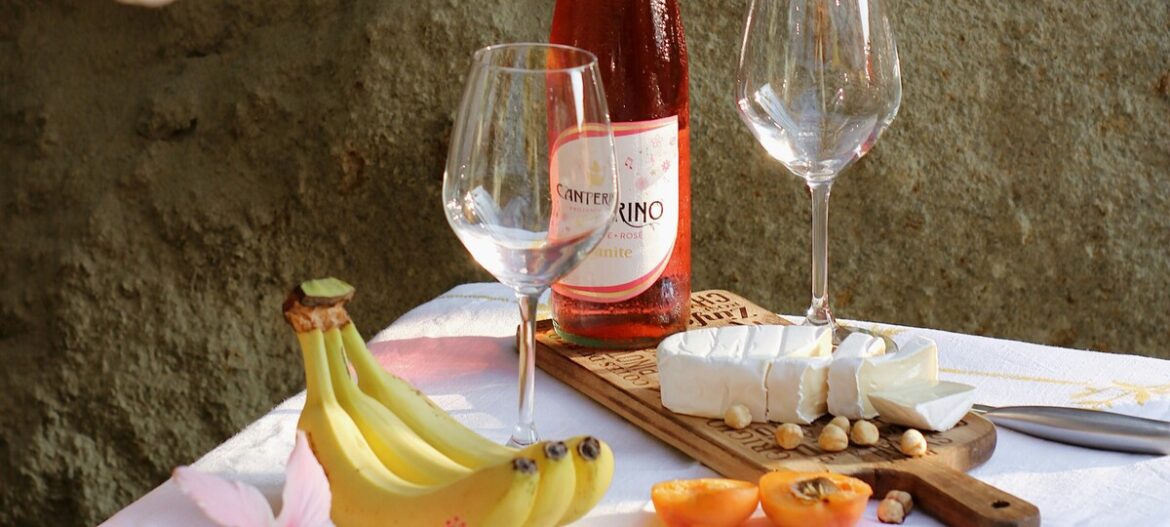Francophiles must have mixed emotions about this time of year, especially on November’s third Thursday every year, when a French wine is released to the world that no one really cares about, despite some faux hoopla.
The wine is Beaujolais Nouveau. And to be blunt, it is not really serious wine.
Quality wine is typically identified by several traits, one of which is that it smells and tastes pretty much like the grape from which it was made. Most Beaujolais Nouveau has very little to do with its grape, Gamay Noir — although the wine is loaded with fruit.
Also, quality wine is usually a result of some aging, and this wine was in a fermentation tank about three weeks ago. So, time was really not an issue in its production.
All of it is from 2025, the year we are still in. As soon as fermentation bubbles stop coming up from the bottom of a tank, le nouveau is bottled. The only “aging” it gets is on a tanker ship and in delivery trucks.
It’s not unkind to suggest that this wine is really a product of marketing people. By French law, it cannot be released until the third Thursday before Thanksgiving. It is a simple and tasty if inconsequential potable that often doesn’t even make it into wine glasses; water glasses are OK.
Nor is it disrespectful to suggest that if you shout “Beaujolais Nouveau” in a crowded theater, you might start a stampede — people rushing to avoid it. Wine purists argue that Beaujolais Nouveau isn’t even wine, but is grape juice with alcohol, a frivolity with no redeeming social value.
Ah, but mon ami, in tourist-ravaged Paris, placards proclaim “Le Beaujolais Nouveau est arrive!” The last time I saw Paris, most of those placards were 30 years old, as if nouveau is such a ritual that it’s for year-round quaffing.
The release of le nouveau is a silly promotion. At midnight on the third Thursday of November, wineries rush it to major cities as if it must arrive before it deteriorates.
“Wine experts” love to hold wine glasses aloft to examine the wines’ color and then proclaim that the vintage was good. But understanding this wine is simple. Although it is red, it is as pale a red as you can find. Best served chilled, it is an evanescent sip, completely unpretentious.
Most people do not take tiny sips and pontificate on the wine’s hedonistic impenetrability. And they do not score it.
Nouveau is for picnics, on patios, in hot tubs, and on pool decks. It’s bistro wine, not intended for a gourmet’s dinner table. It was made to be quaffed.
The price? It should be no more than about $5 a bottle — but you may be asked to pay $8 or $10.
When young, Nouveau has a fresh, fruity aroma of wild berries. It is best to drink it young or it’ll lose its fruit, and then all that’ll be left is wet, red, and dull.
The leading Nouveau brand, Georges Duboeuf, will again lead the Nouveau pack here. At least a dozen other quality Beaujolais houses will ship nouveau here as well. Duboeuf always gets the greatest distribution, and the wine is always sound and reliable.
Having disparaged Nouveau, my final word on the subject is that quality Beaujolais can be a delightful alternative red wine, especially those that are designated Cru Beaujolais. Seek out the 2023 Cru Beaujolais for their great taste and good value.
No Wine of the Week:
To find out more about Sonoma County resident Dan Berger and read features by other Creators Syndicate writers and cartoonists, visit the Creators Syndicate webpage at www.creators.com.
Photo credit: Nataliya Melnychuk at Unsplash


Dining and Cooking